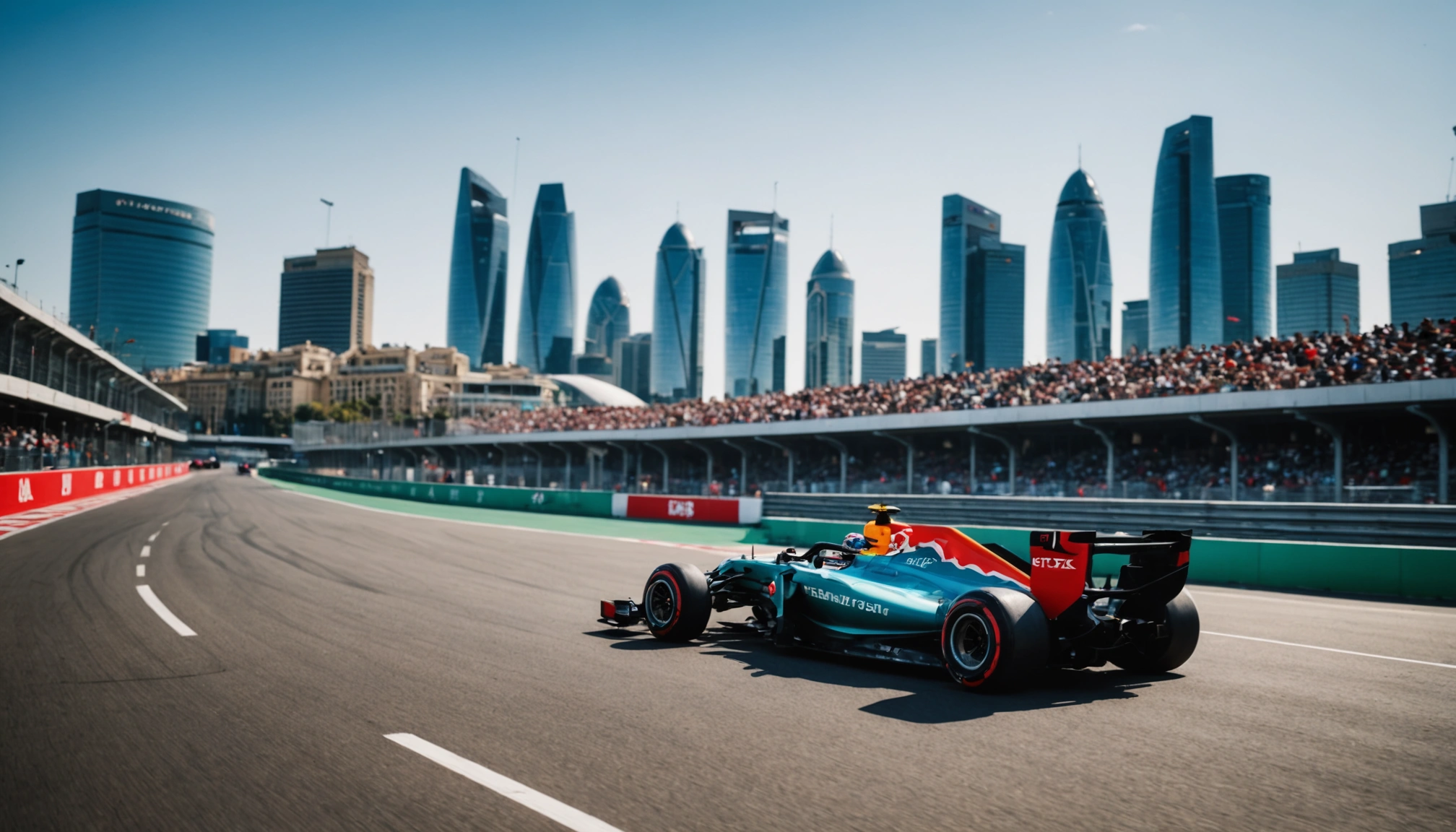Craig Slater Reveals How Miami GP Swim Sparked Crisis Talks
Craig Slater discusses how a viral Miami Grand Prix swim led to urgent crisis talks and phone calls within the F1 paddock. Insights into behind-the-scenes reactions.

By Editorial
Introduction To The Miami Grand Prix Swim Incident
The 2024 Miami Grand Prix provided more than just thrilling on-track action; it unexpectedly sparked a behind-the-scenes crisis. Craig Slater, a respected motorsport journalist, has revealed how a viral video of a swim involving an F1 driver triggered urgent discussions among key stakeholders. This article explores the incident's impact, the ensuing crisis talks, and what this means for Formula 1’s image and safety protocols.
The Viral Miami GP Swim That Captured Attention
During the Miami GP weekend, a video surfaced showing an F1 driver taking an unplanned swim in a nearby water feature. While seemingly innocuous, the footage quickly went viral across social media platforms, raising safety and professionalism concerns. The incident caught many off guard, prompting swift reactions from teams and F1 officials alike.
Such moments, though rare, highlight how off-track behaviour can influence public perception. Craig Slater emphasised that the viral swim led to a series of phone calls and crisis meetings to address potential fallout. It was a reminder that in today’s digital age, any spontaneous act can quickly become a global talking point.
Crisis Talks And The Importance Of Reputation Management
Following the viral spread of the video, senior figures in Formula 1 convened emergency discussions. Slater noted that these talks were crucial to managing the reputational damage and ensuring that the sport’s image remained intact. The conversations focused on how to handle media queries, internal discipline, and reinforcing safety standards.
F1 has always balanced high-speed thrills with stringent professionalism. Incidents like this swim challenge that balance, forcing organisers to rethink communication strategies. This episode also underscores the importance of crisis management in sports, where unforeseen events can escalate rapidly.
Safety Concerns Raised By The Viral Event
Beyond reputational issues, the swim incident raised questions about safety protocols during race weekends. Water hazards near circuits are rare but present unique risks. Slater’s coverage highlighted that teams and officials had to review access controls to prevent similar occurrences.
Ensuring driver safety off track is as vital as on it. The swim was an unusual breach of expected behaviour, prompting a review of how circuits manage their immediate environments. This aligns with ongoing efforts to enhance safety not just in racing but in every aspect of the sport.
Comparisons With Other Unexpected Sporting Incidents
Sports history is peppered with unexpected moments that spark debate and crisis management. For example, in football, the Isak and Wissa transfer saga ignited discussions on player influence and professionalism. Likewise, in cricket, teams like the England women’s cricket squad focus heavily on discipline and public image ahead of major tournaments.
These examples show that sports organisations must be proactive in managing both on- and off-field behaviour to preserve integrity and fan trust.
The Role Of Media And Social Platforms In Amplifying Incidents
The Miami GP swim video is a textbook case of how social media accelerates information spread. What might have been a minor anecdote became a global talking point within hours. Slater’s insight reveals how modern media dynamics require swift responses from sports entities.
Platforms like Twitter, TikTok, and Instagram amplify moments, positive or negative. This phenomenon demands that teams and athletes maintain high standards constantly. Instant viral content can shape narratives and influence sponsorships, fan support, and regulatory scrutiny.
Lessons For Formula 1 And Other Sports
This incident with the Miami GP swim serves as a cautionary tale. Sports organisations must:
- Implement robust off-track safety and conduct protocols
- Enhance crisis communication plans for viral incidents
- Train athletes and staff on media awareness and professionalism
- Monitor social media to respond promptly and effectively
Formula 1, with its global audience, must particularly focus on these areas to safeguard its prestigious brand. This approach is mirrored in other sports, such as rugby’s focus on player conduct seen with Christian Wade’s return and boxing’s emphasis on emerging talents like Molly McCann.
Conclusion: Moving Forward After The Miami GP Incident
The viral Miami GP swim incident, as highlighted by Craig Slater, underscores the interconnectedness of sport, media, and public perception. While the swim itself was a brief episode, the resulting crisis talks demonstrate how seriously the sport takes its reputation and safety.
Formula 1’s response will likely shape future protocols and communication strategies. For fans and stakeholders, it serves as a reminder that every action, on or off the track, matters in today’s fast-paced digital world.
For more insights into the latest sporting stories and thoughtful analysis, explore our coverage at Manchester United tables explained and beyond.
Related topics
Editorial
Sports expert at SportsScoop
Specialist in sports analysis and journalism
Related articles
Want to read more?
Explore our comprehensive collection of sports articles and analysis, or contact us for more information.



